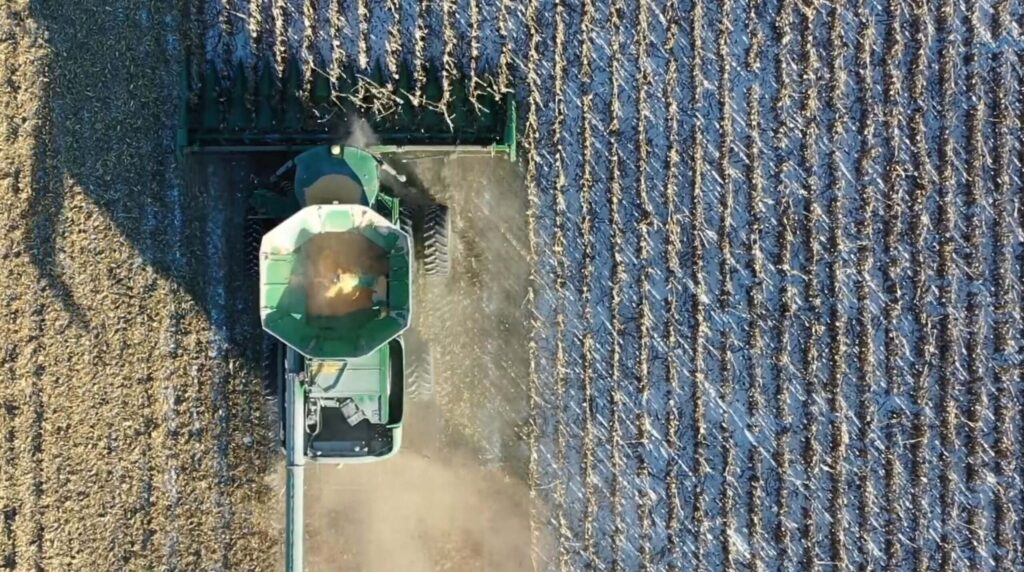Agribusiness professionals offer a lot of value-added services and information to producers. Sometimes, I think suppliers are even taken for granted or don’t receive the revenue or margins they earn through these activities. As someone who spends a lot of time with agribusiness sales professionals, I’ve given some thought as to why this is and have realized there’s another possibility. Maybe the areas producers feel they need help aren’t the ones suppliers are addressing. In August of 2023, we asked farmers where they wanted help on their farms—and where they didn’t—on several different topics. I want to share what they said in this post.
Figure 1 shows the rating results by farm type. It is interesting that responses from both crop and livestock producers are similar. Among the tasks listed, “Marketing and Trading” received the highest rating for seeking help, followed by “Information Gathering.” Conversely, “Purchase, Delivery, and Storage” was rated the lowest. However, for crop producers, both “Marketing and Trading” and “Information Gathering” were nearly equal, with ratings of 5.21 and 5.20 out of 9, respectively.

Taking a deeper dive into the results, Figures 2 and 3 compare the rating of tasks by different farm sizes for crop and livestock farms, respectively.
The farm size categories are based on gross revenue according to the 2017 Census of Agriculture: Farm Typology:
- Large: Gross revenue more than $5 million
- Commercial: Gross revenue between $1 million and $5 million
- Mid-size: Gross revenue between $150,000 and $1 million
The ratings for production and planning tasks vary across different farm sizes. For example, large crop farms rated “Marketing and Trading” as the task they most seek help with, whereas commercial and mid-size crop farms rated “Information Gathering” highest. The task that large crop farms least seek help with is “Purchase, Delivery and Storage,” while mid-size crop farms least seek help with “Strategy and Planning for Production” (Figure 2).
Large livestock producers rated “Marketing and Trading” at 5.8 out of 9, indicating the highest need for help among all farm types and sizes. They seem to not seek for help with “Production Management” compared to the other tasks. The order differs for commercial and mid-size livestock producers (Figure 3).


Insights and implications for agribusinesses
Agribusinesses can use these insights to tailor their services and support based on the specific needs of different types and sizes of farms. At the end of the day, of course, averages don’t matter as much as what individual farmers want to receive. But from a strategic marketing and sales perspective, understanding that large farms may prioritize marketing and trading assistance, while smaller farms may need more help with information gathering, can guide the development of targeted solutions and advisory services.
About the research
The Center for Food and Agricultural Business conducted a new research project last year as an extension of the 2021 Large Commercial Producer (LCP) survey. This research, titled the Farmer Decision-Making Survey, is a deeper dive into the farmer decision-making process. The objective of the survey was to understand who influences producers’ decisions and explore when and how decisions are made on the farm. Conducted March to August 2023, the survey collected data from 603 U.S. producers of various crops and livestock across the nation, including corn/soybean, wheat/barley, cotton, fruit/nut/vegetable, dairy, hogs and cattle.






